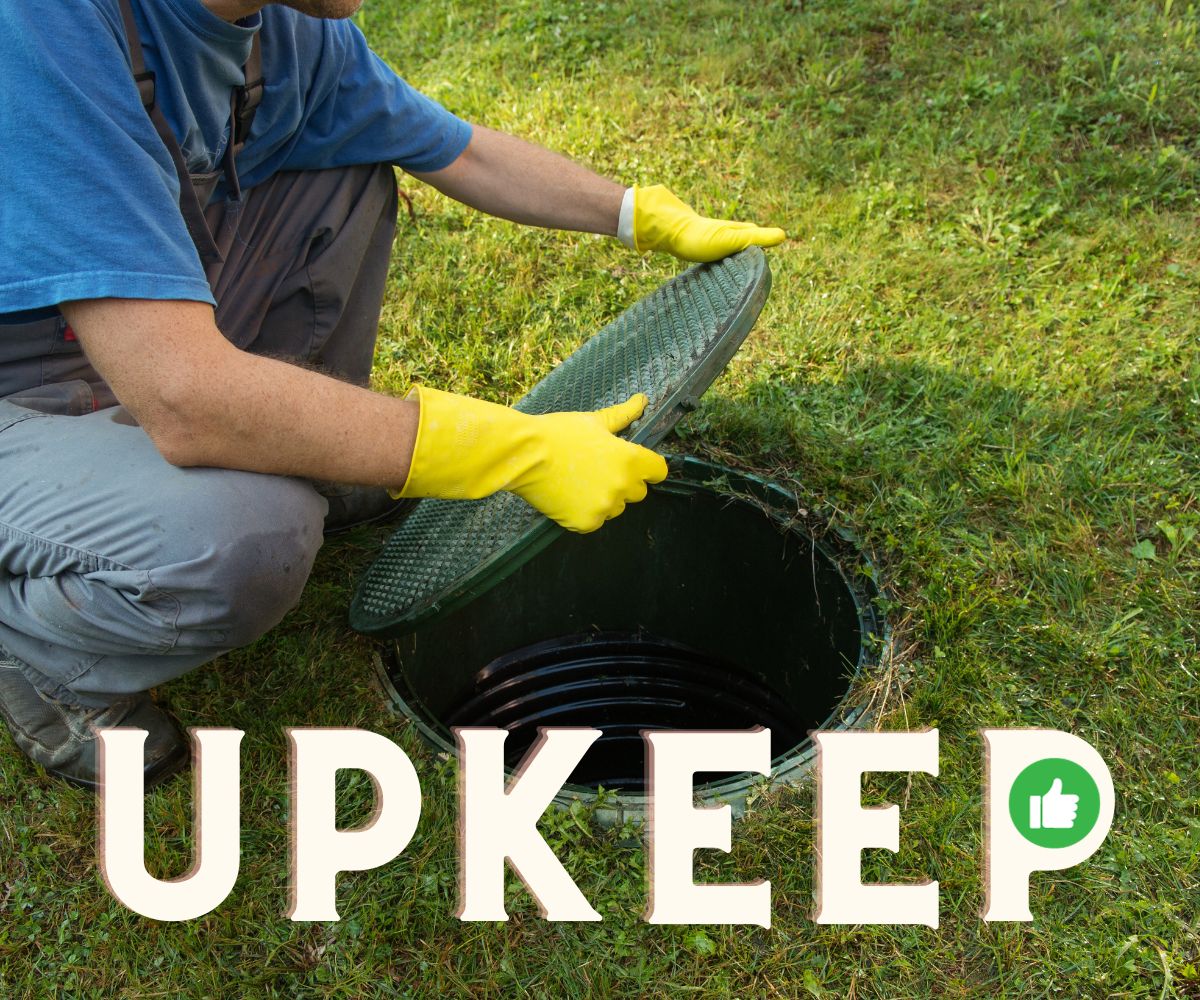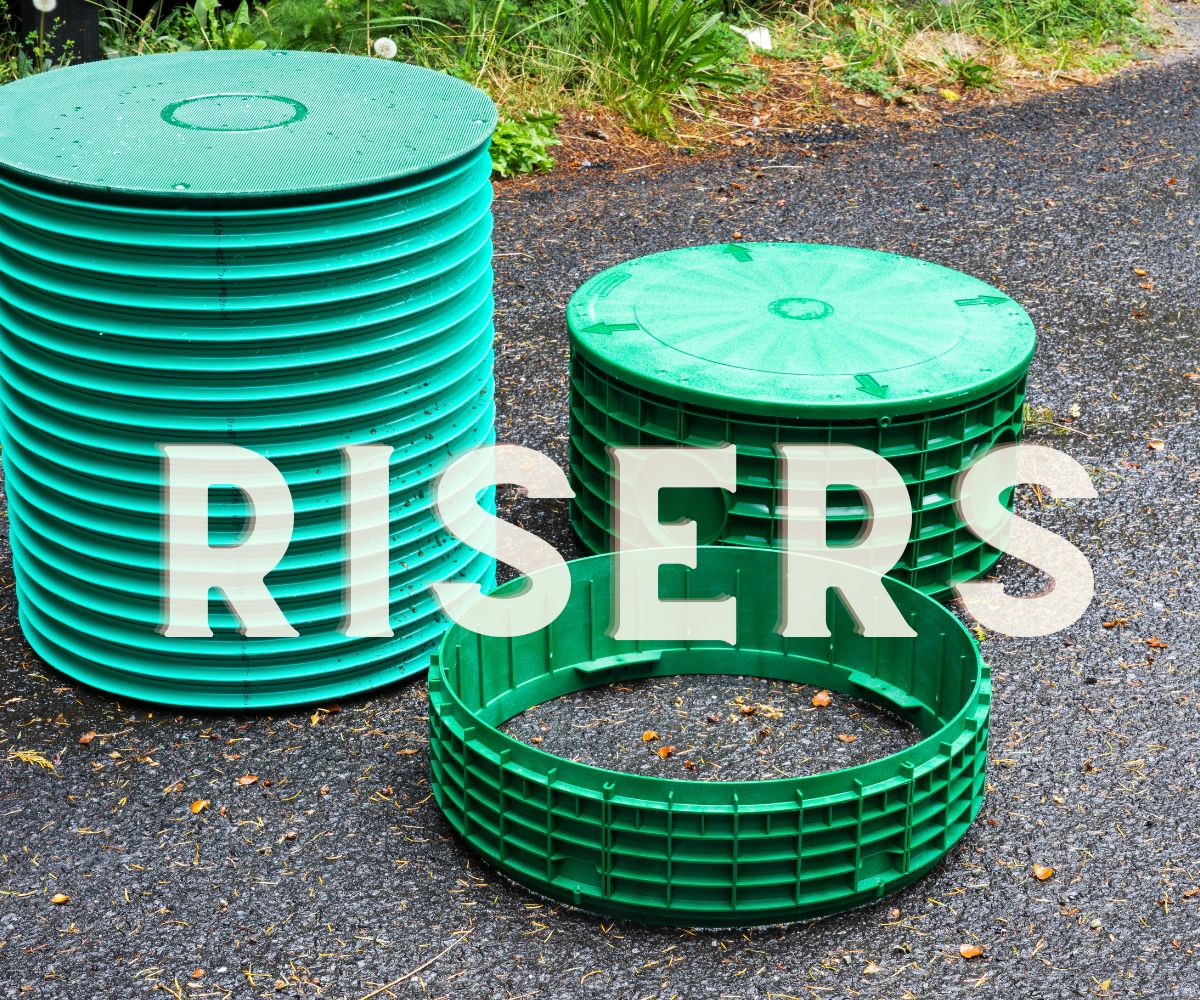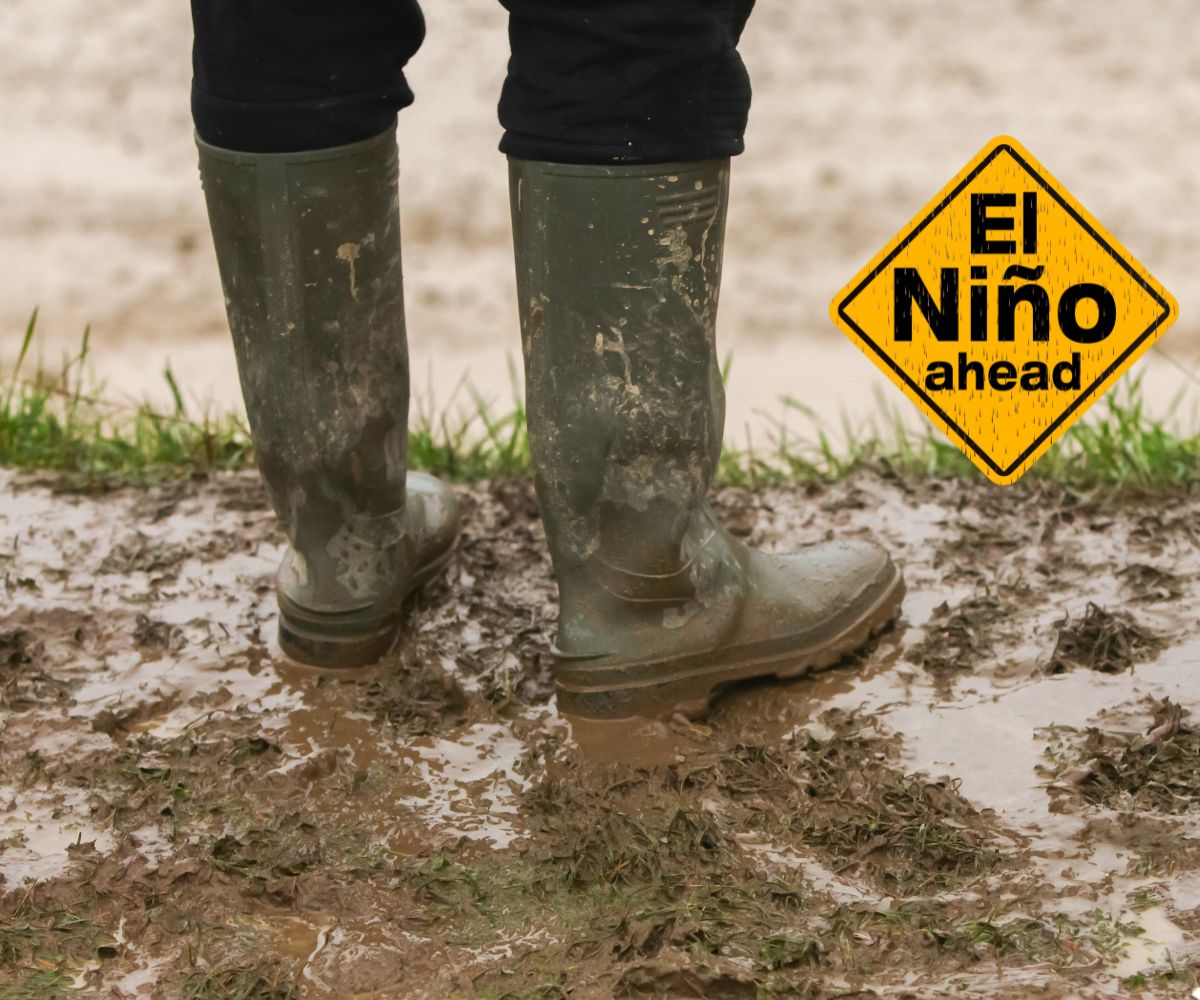El Niño, a climatic event marked by unusually warm Pacific waters, has been dominating headlines this year due to its potential for record-breaking global weather patterns. Several sources, including Scientific American and UCI News, predict that the 2023 El Niño could usher in unprecedented rainfall across various regions worldwide.
Such extreme weather conditions pose distinct challenges for septic tank owners. Heavy rains can over-saturate the ground around drain fields, hindering the effective treatment of wastewater. If the drain field becomes waterlogged, it loses its ability to absorb or evaporate waste, potentially leading to sewage backup in the yard or household drains.
Cities like Portland have already experienced the impact, with over five and a half inches of rain since December’s onset, causing septic tanks to overflow and leading to widespread flooding and disruption for homeowners.
A recent insurance news report underscored the predicament faced by Oregon residents, who grappled with severe flooding from overflowing septic tank systems, resulting in unsanitary conditions and property damage.
This article will further delve into the specifics of septic tank damages possibly not covered by insurance, the proper maintenance of your septic system, and when it’s time to call in a professional for help.
Understanding What is a Septic Tank and Why Regular Maintenance is so Important
A simple way to explain how does a septic tank work could be to refer to small-scale sewage treatment systems and are typically underground containers used to hold wastewater. They allow solids to settle as sludge and oils to rise as scum, before the liquid wastewater is further treated in the drainfield.
If not well-maintained, septic tanks can cause a myriad of problems, especially during heavy rainfall and flood situations. Excess water can saturate the drainfield, making it impossible for the system to handle the usual amount of water. This can lead to back-ups, overflows, and potentially, system failure.
Proper maintenance is essential to avoid these issues. Regular inspections and pumping are key aspects of this. On average, septic tanks should be cleaned out every three to five years, but this can depend on the size of your tank and the number of people living in your household.
From the information gathered online, it’s clear that many homeowners are choosing tank treatment tabs for their septic tank maintenance needs. Amongst the myriad of options available, Septifix frequently emerges as a preferred choice. These findings were observed on various digital platforms.
Here’s what customers are saying about these products:
- Effective Waste Management: The tablets are formulated with bacteria that aid in waste breakdown, potentially reducing the frequency of required septic tank pump-outs.
- Ease of Use: The use of these tablets is as simple as dropping one into the toilet and flushing.
- Odor Reduction: The efficient breakdown of waste by these tablets can help mitigate unpleasant odors emanating from your septic system.
- Safety: These tablets are designed to be safe for all types of pipes and tanks, eliminating concerns about potential system damage.
Remember, while products like Septifix can help in the maintenance of your septic system, they do not replace the need for regular professional inspections and pumping.
How often to pump septic tank – The frequency of septic tank drainage can vary depending on several factors. The size of the tank, the number of people in the household, and the amount of wastewater generated are all considerations. However, as a general guideline, a septic tank typically needs to be pumped out every 2-5 years.
How long does a septic tank last? If your household is small and you’re not overusing water, you might only need to have your tank pumped every five years. However, if your household is larger or you use a lot of water, more frequent pumping—perhaps every two or three years—might be necessary.
These are just general guidelines, and every situation is different. It’s always a good idea to consult with a septic system professional who can assess your specific circumstances and provide personalized advice.
Many homeowners are shocked when they find out that it’s not covered by home insurance – What damage to your septic tank is not covered?
One of the common misconceptions homeowners hold is about the extent of their home insurance coverage. Many believe that any damage to their property, including the septic system, is covered. However, this is not the case.
Does homeowners insurance cover septic tanks?
Most homeowners insurance policies do not cover damages that could have been prevented through proper maintenance or construction techniques. When it comes to septic tanks, many of the most common causes of damage can be traced back to human error and lack of proper maintenance — both of which are not covered by standard home insurance policies.
Common mistakes that lead to septic tank damage include:
- Flushing chemicals, solids, and oils down the drain. These substances can disrupt the chemical balance of your septic tank, leading to blockages or even system failure.
- Driving over the septic tank area. The weight of vehicles can damage the tank or the pipes leading into and out of it.
- Not ensuring proper drainage. If water cannot drain away from your septic tank efficiently, it can lead to backups and overflows.
- Neglecting tree root growth. Tree roots can infiltrate your septic tank, causing cracks and leaks.
In addition to these common errors, it’s important to note that damage to your septic tank caused by natural disasters such as floods or earthquakes is also not covered by typical home insurance. To protect against these risks, you need to purchase additional flood or earthquake insurance.
The reality is, there’s not much that homeowners insurance covers when it comes to septic tank insurance claims. This makes it crucial for homeowners to understand their policies and take proactive steps to maintain their septic systems and prevent avoidable damage.
How Problematic Are Septic Tanks? Common Issues and Their Impact
Septic tanks, when properly managed and maintained, are not inherently problematic. However, if neglected, they can lead to a range of issues that pose risks to both human health and the environment.
The dangers associated with failing septic systems are significant. Bacteria, viruses, and parasites, including worms and protozoans, are present in wastewater and can pose a hazard to humans. These pathogens can cause a variety of illnesses, ranging from gastrointestinal problems to more serious diseases like hepatitis. Additionally, fungi that can cause skin, eye, and respiratory infections also grow in sewage and sewage sludge.
In short, while septic tanks can be an effective solution for wastewater treatment in areas without access to municipal sewage systems, they require regular maintenance and eventual replacement to prevent serious problems. By staying on top of your septic system’s needs, you can avoid these issues and keep your home safe and healthy.
Mitigating Risks for Septic Tanks Amid El Niño’s Record-Breaking Rainfall
In the face of El Niño’s record-breaking rainfall, mitigating risks for septic tanks is critical. Ensuring the longevity and functionality of your septic tank involves regular maintenance and preventive measures, such as installing a riser for protection against heavy rains.
Preventing cracks and leaks is essential. Regular checks for signs of damage, like cracks or rust, are especially important for older tanks. Immediate repairs at the first sign of damage can prevent further issues. Also, avoid undue pressure on your septic system from heavy vehicles or construction equipment to minimize potential damage.
What is a septic tank riser and why you want to install one
Installing a riser on your septic tank is another preventive measure that can protect your system from external elements, particularly heavy rain. A riser essentially extends the access lid of your septic tank to ground level, making it easier to inspect and pump out the tank, while also providing an additional layer of protection against flooding.
One recommended product for this purpose is the Polylok septic tank riser kit. This riser has a nice seal, which makes it highly effective at keeping out water. Below are some general steps for installing a riser, but always refer to the manufacturer’s instructions for specific guidance:
- Measure: Determine the size of your septic tank opening to choose the correct size riser.
- Prepare: Clean the area around the septic tank lid and remove the lid.
- Install: Place the riser over the opening and secure it according to the manufacturer’s instructions. With the Polylok riser, you’ll typically use screws to secure it in place.
- Seal: Apply a sealant around the base of the riser to ensure a watertight seal.
While DIY maintenance can be cost-effective, professional inspections are essential for a septic tank’s longevity. High rainwater volume can infiltrate and overflow poorly sealed or cracked tanks, causing environmental and health risks. Therefore, regular checks for leaks, proper sealing, and riser installation are crucial preventive measures. In heavy rainfall areas, advanced septic systems capable of handling large water volumes may be beneficial.
In conclusion, while El Niño’s 2023 record-breaking rainfall is a concern for all, it brings unique challenges for septic tank owners. By taking proactive steps, these homeowners can mitigate the risks and ensure their systems continue to function effectively, even in extreme weather conditions.


